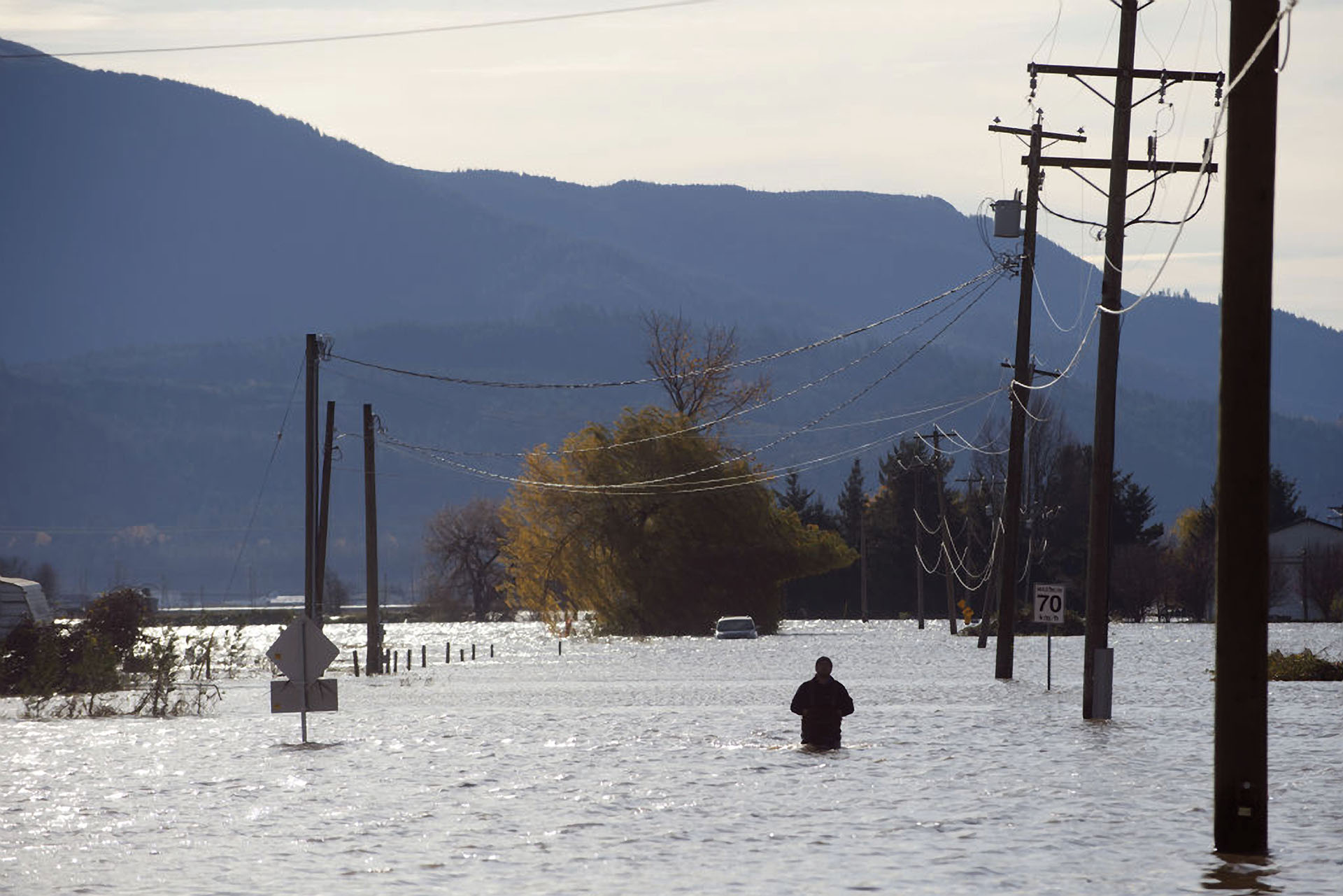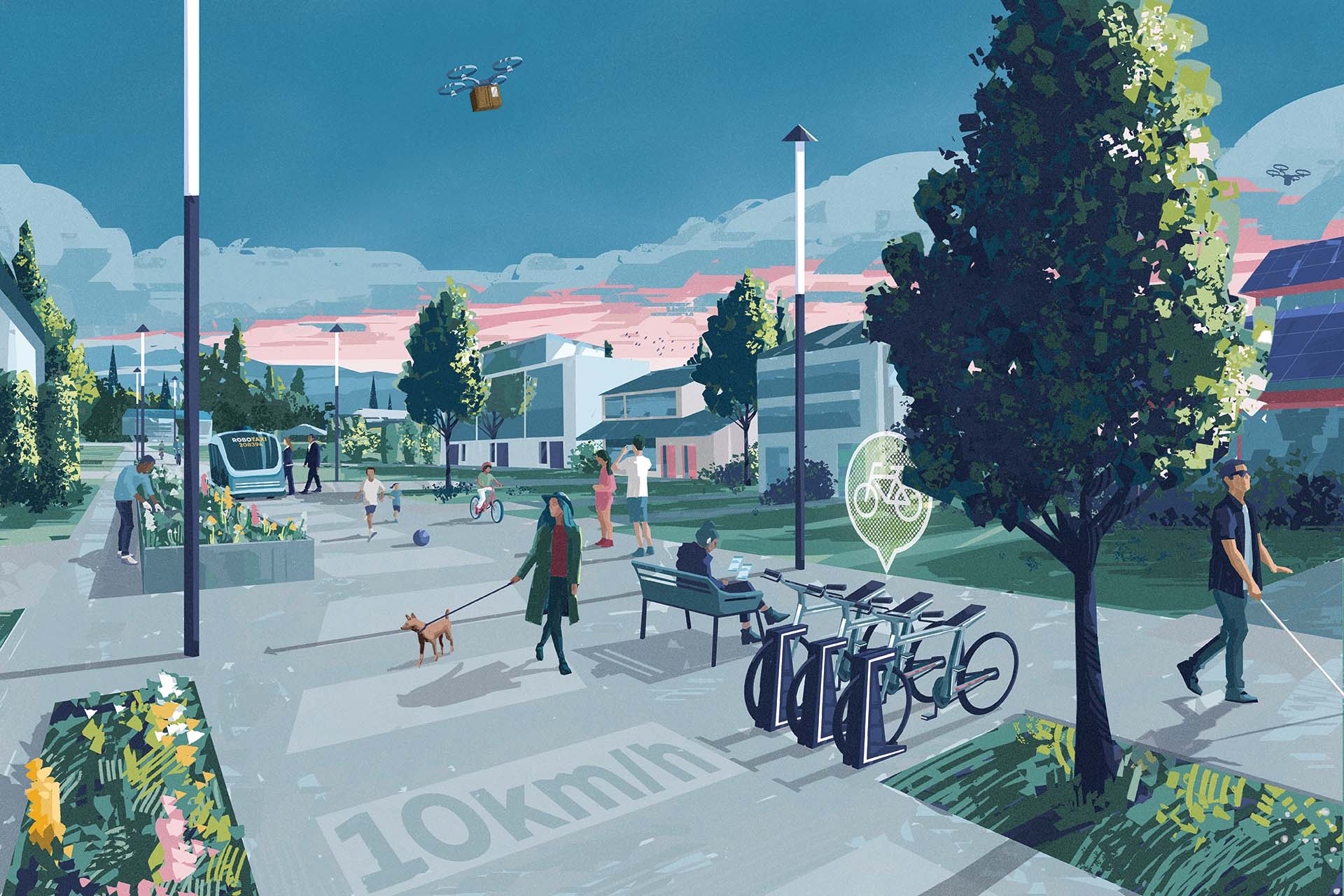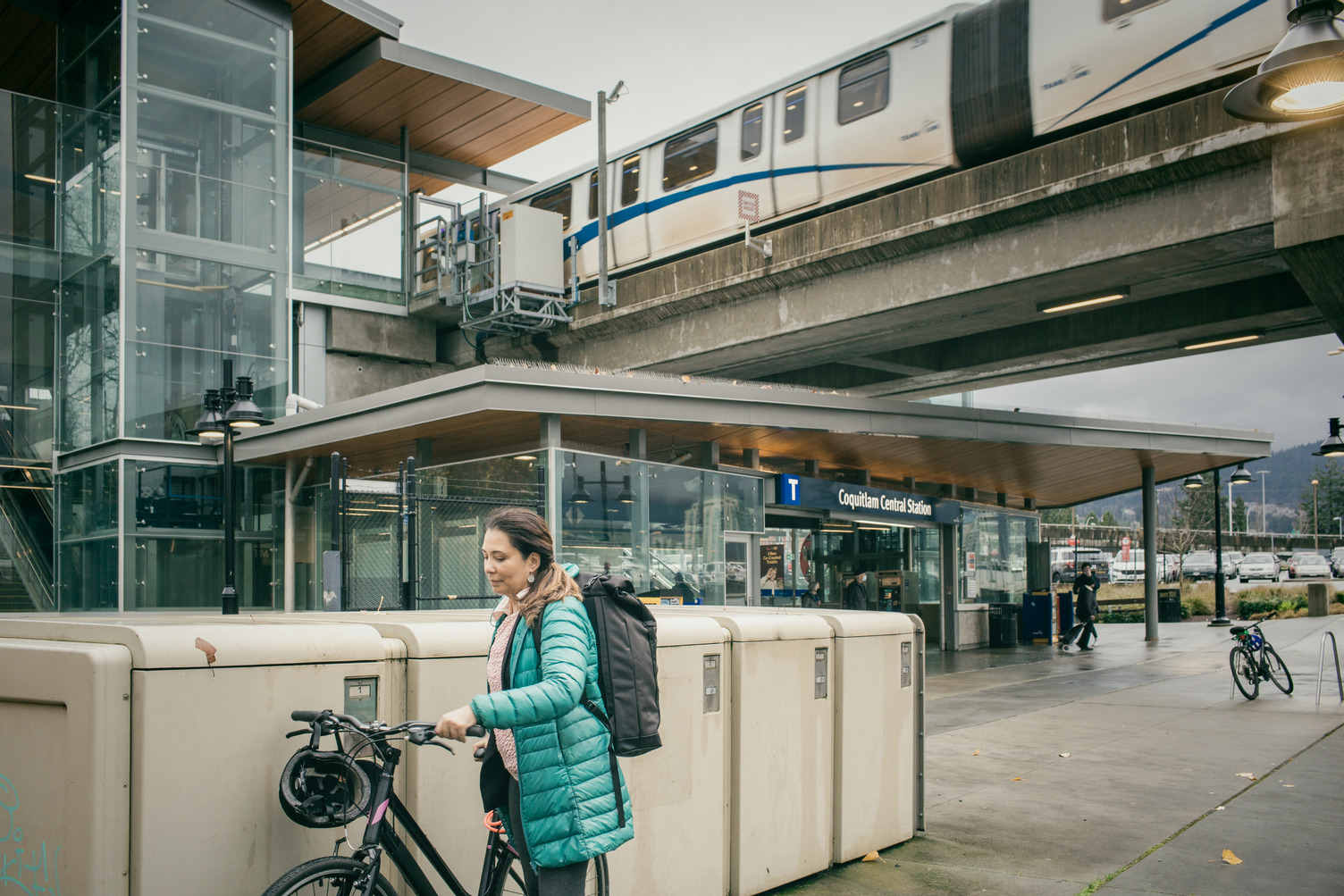How TransLink is acting on climate change
How TransLink is acting on climate change

Over the past few years, many of us living in British Columbia have felt the devastating effects of extreme weather. Whether increased precipitation and floods, heat waves, wildfire smoke, or sea level rise, climate impacts are projected to increase in frequency and intensity.
These impacts can major consequences for people, ecosystems, and communities — both locally and globally. In this past year alone, the province has experienced its costliest extreme weather event ever. Given these impacts, it’s critical that we all work together to address the climate emergency.
Right now, governments and companies from around the world are gathered in Sharm el-Sheikh, Egypt for COP 27. Running from November 6 to 18, the United Nations climate convention provides a forum for countries to discuss the climate emergency and work together on solutions.
To avoid the worst impacts of climate change, the United Nations Intergovernmental Panel on Climate Change (IPCC) warns that we must limit global warming to 1.5°C. This means slashing greenhouse gas (GHG) emissions globally by 45 per cent below 2010 levels by 2030, and reaching net zero emissions by 2050.
Closer to home, that means supporting Metro Vancouver’s target of a carbon neutral region by 2050. It also means working towards a more resilient region, so that we can all get to where we need to go in a world of intensifying climate impacts.
TransLink and climate action
What’s our role?
As the region’s integrated, multimodal transportation authority we have an enormous opportunity to help realize a carbon neutral region by 2050. When most people think of TransLink — bus, SkyTrain, SeaBus, West Coast Express, and HandyDART come to mind. While these low or zero-emission transit modes are important, they’re only part of the picture.
TransLink also plays a critical role in planning, funding, and managing the regional transportation system across all modes. That includes five bridges, the major road network, regional cycling, and even testing and implementing innovative transportation projects.
In short — climate action is a big part of everything TransLink does, here’s how.
Achieving carbon-free regional transportation
Can you guess what the region’s largest single source of GHGs is? While this question may conjure up images of smokestacks or plastic waste, if you answered “transportation” you’d be right! Thirty-five per cent of regional emissions come from on-road transportation.
Earlier this year, Transport 2050 — the region’s new long-range transportation strategy — was adopted, setting the stage for an ambitious goal: by 2050, eliminating carbon pollution from transportation altogether.

Much of this work relies on working with our partners to dedicate more streets to walking, biking, rolling, and transit; promote electric and shared vehicles; and build on the major bikeway network. It also involves putting rapid transit within a short walk of most people and frequent local transit within a short walk of nearly everyone.
At the same time, TransLink is working with Metro Vancouver to develop and implementation pathway to achieve the 2030 light-duty vehicle (cars, trucks, SUVs, etc.) GHG emissions target also set out in Transport 2050.
To help realize Transport 2050, the Mayors’ Council recently set out its priorities for the next decade, which could go a long way to achieving the region’s climate targets.
Climate-resilient and net-zero public transportation for everyone

And what about TransLink’s buses, SkyTrain fleet, SeaBus vessels, West Coast Express trains, and HandyDART vehicles? We’ve got a plan for that!
Even though TransLink is responsible for only about one per cent of regional GHG emissions, it’s our responsibility to lead the way to a brighter, greener transportation future. That’s why our Climate Action Strategy sets out a goal for us to become a climate resilient and net-zero GHG transit system by 2050, with an interim reduction of 45 per cent from 2010 levels by 2030.
Thinking about an inclusive transportation system, we want to create a transit system where everyone has an opportunity to travel without generating GHGs. We know the future of public transit will be one without fossil fuels. Instead, we’ll rely on a diversity of fuels and technologies, from electric, to hydrogen, to renewable natural gas, to renewable diesel, to help reach our targets.
Very soon, TransLink’s Climate Action Plan – which spells out specific actions for the next three years – will be put forward for adoption by the TransLink Board of Directors. Stay tuned!
A climate choice
TransLink is working closely with its partners and funders at the local, regional, provincial, and national levels to create a transportation system that meets our climate targets.
We want to create more low and zero-emissions options for people in the region. That way, you’ll have real choices to move around the region without contributing to climate change.

So let’s set our sights on a carbon neutral region by 2050 – and keep making choices that help get us there!





